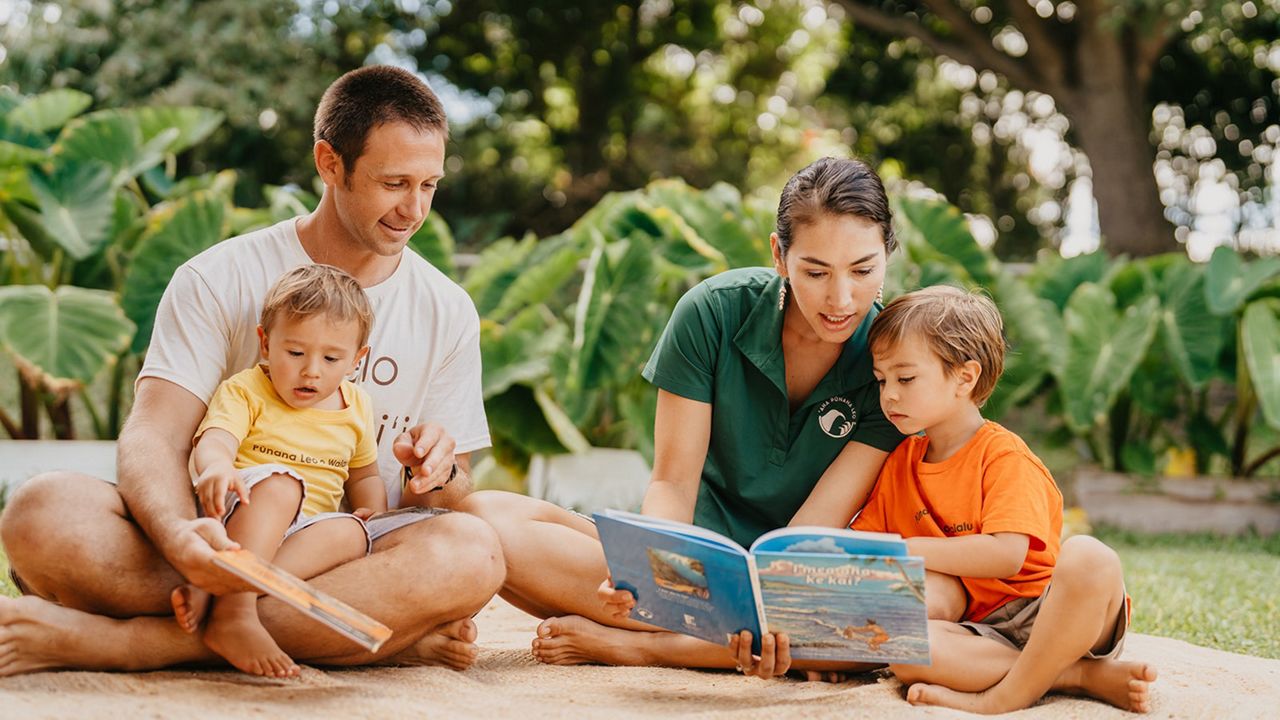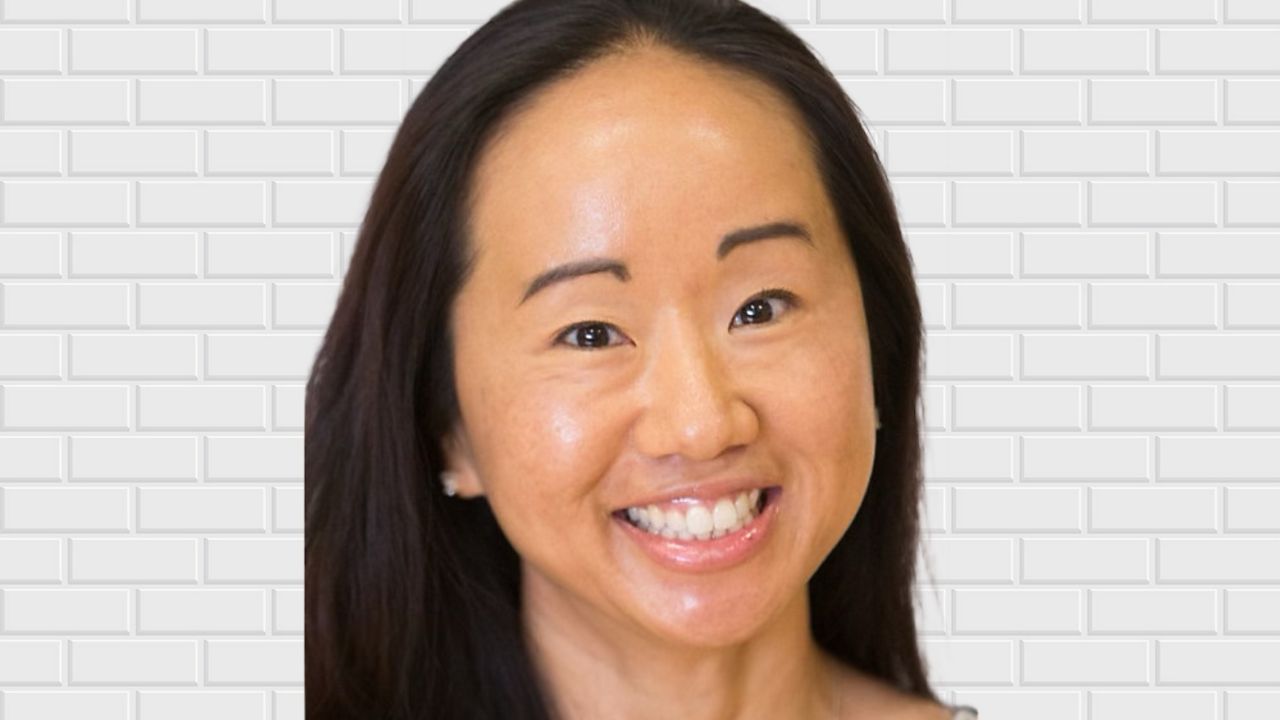‘Aha Pūnana Leo, the first Hawaiian-language immersion preschool, is celebrating 40 years, according to a release.
The program was founded in 1983 by Hawaiian language educators, including Larry Kimura, a professor of the Hawaiian language and Hawaiian studies at the University of Hawaii, Hilo.
The first school was started in 1984 in Kekaha, Kauai, making it the first early learning native language immersion program in the U.S. Since then, a total of 13 schools have been established on Oahu, Kauai, Hawaii Island, Maui and Molokai.
After the overthrow of the Hawaiian Kingdom, laws implemented in 1896 effectively banned Hawaiian language instruction in schools. The Hawaiian Renaissance in the 1970s brought a renewed enthusiasm for learning the Hawaiian language. However, by 1985, only 32 children under the age of 18 spoke Hawaiian, according to the University of Hawaii Foundation. In 1986, after ‘Aha Pūnana Leo leaders worked with the Hawaii State Legislature, the laws that limited Hawaiian language instruction were finally lifted.
‘Aha Pūnana Leo now boasts 7,000 students and alumni.
The ‘Aha Pūnana Leo program was based on 19th-century Hawaiian-language schools and the Māori language revival in New Zealand.
During the school year, children are immersed solely in the Hawaiian language. The preschools use a method where students learn simple phrases, sentences and songs with the help of fluent kumu (teachers) and older students. Many children acquire the Hawaiian language within four months and graduate from the program with advanced reading and writing skills.
Michelle Broder Van Dyke covers the Hawaiian Islands for Spectrum News Hawaii. Email her at michelle.brodervandyke@charter.com.






